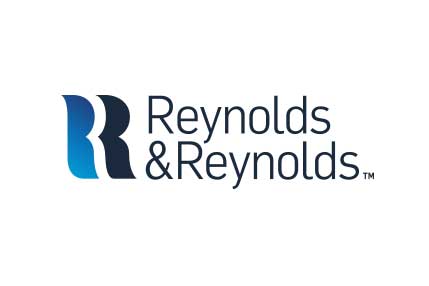What Does It Mean to Be Effective? (Plus 3 Examples)

Article Highlights:
- You should be thinking about more than just efficiency.
- Effectiveness means doing something better, not just faster.
McDonald’s has a highly efficient process, and that’s a business model that has been extremely profitable for them. But while there are lessons to be learned from the fast food industry, as someone who’s trying to sell cars, you need to think about more than just efficiency.
You also have to be effective, which I define as doing things better, not just faster. Here are a few companies who excel at it:
Effective Company #1: Papa John’s
Papa John’s opened its first restaurant in 1984, the same year Domino’s introduced its “30-minute or free” delivery guarantee, which ran until 1993.
In that environment, it would have been easy for Papa John’s to try to go head to head with Domino’s on either price or speed.
But it did neither, instead relying on quality as its primary differentiator, instead of price or speed.
Papa John’s has found the balance between price, speed, and quality. For a few dollars more and few more minutes wait, you can get a better pizza.
Effective Company #2: Kohl’s
Buy something from Kohl’s and you’ll never be lonely again, especially if you give them your email address.
Like Papa John’s, Kohl’s does not compete solely on price. Instead, the company uses sales, events, and incentives to continually drive people back to the store.
Kohl’s has a marketing strategy that enables it to charge higher prices than a competitor like Wal-Mart. It also uses urgency to keep people coming into their stores, instead of to stores with similar selections such as J.C. Penny.
That Kohl’s Cash is only good for a week, after all. Are you really going to let a free $10 go to waste?
Effective Company #3: Amazon.com
Amazon’s core competitive advantage is its data. Amazon knows everything you’ve ever bought, and it also knows everything everyone else has ever bought who has similar buying habits to yours.
From its data, Amazon delivers personalized, relevant suggestions every moment you’re on its website. From the moment you sign in, you’re constantly being presented with opportunities to buy.
Amazon has also used its Prime membership plan with great effectiveness. Many buyers will choose to buy directly from Amazon, even when another seller is offering the same product at a lower price, simply because they trust Amazon more than an independent marketplace seller.
Reputation plays a role too. If you’ve ever had to return an item to Amazon, you’ve probably found it to be a fairly painless experience, especially compared to other retailers, both online and in-store.
People trust that Amazon will be easy to work with if they need help in some way. And that reputation is one more way the company keeps people coming back.
It should be said that Amazon does maintain very low prices and sales margins. So in a way, the company does compete on price, to a point.
But price is not the only way it competes. Its mastery of data, its use of Prime to keep people coming back, and its reputation for customer service combined are what make it the retail powerhouse it has become.
Conclusion
On a scale of 1 to 10, Papa John’s, Kohl’s and Amazon are all 10s. None are the absolute cheapest in their market. Yet each has found a profitable combination of strategies that have led to success over many years. Combined, their strategies include:
- Quality product, quickly, and cost effectively.
- Sales to create urgency.
- Reward “cash” or points to bring people back to the store.
- Customized suggestions based on data from previous purchases.
- A premium (paid) loyalty program
- A reputation for being easy to work with.
When compared to Papa John’s, Kohl’s, and Amazon, how effective would you say your dealership is?
Are you a 1? A 5? A 10?
If you’re not as high on the scale as you like to be, spend some time looking over bulleted list of strategies the companies are using above.
Which of the strategies could you use to improve your own business?
Related Articles:

From Mailbox to Inbox: A Hybrid Approach to Reaching Your Customers
It’s easy to weigh the pros and cons of an email marketing strategy versus a direct mail one. Email marketing delivers your message to customers…

Crafting a Winning Story: Dealership Lessons from Olympic Opening…
While most dealerships aren’t getting Olympic-level coverage, it’s still important to think about what kind of story you’re conveying to consumers.

The Evolution of Cars and Consumer Expectations
Have you ever thought about how far the automotive industry has come since the creation of the first car? From three-wheeled cars to punch-inducing Volkswagen Beetles…

4 Things Every Dealership Can Do to Prepare for Future Success
Right now, your dealership is successful and running smoothly. That’s a great first step towards ensuring future success, but there’s always more work to do.…















